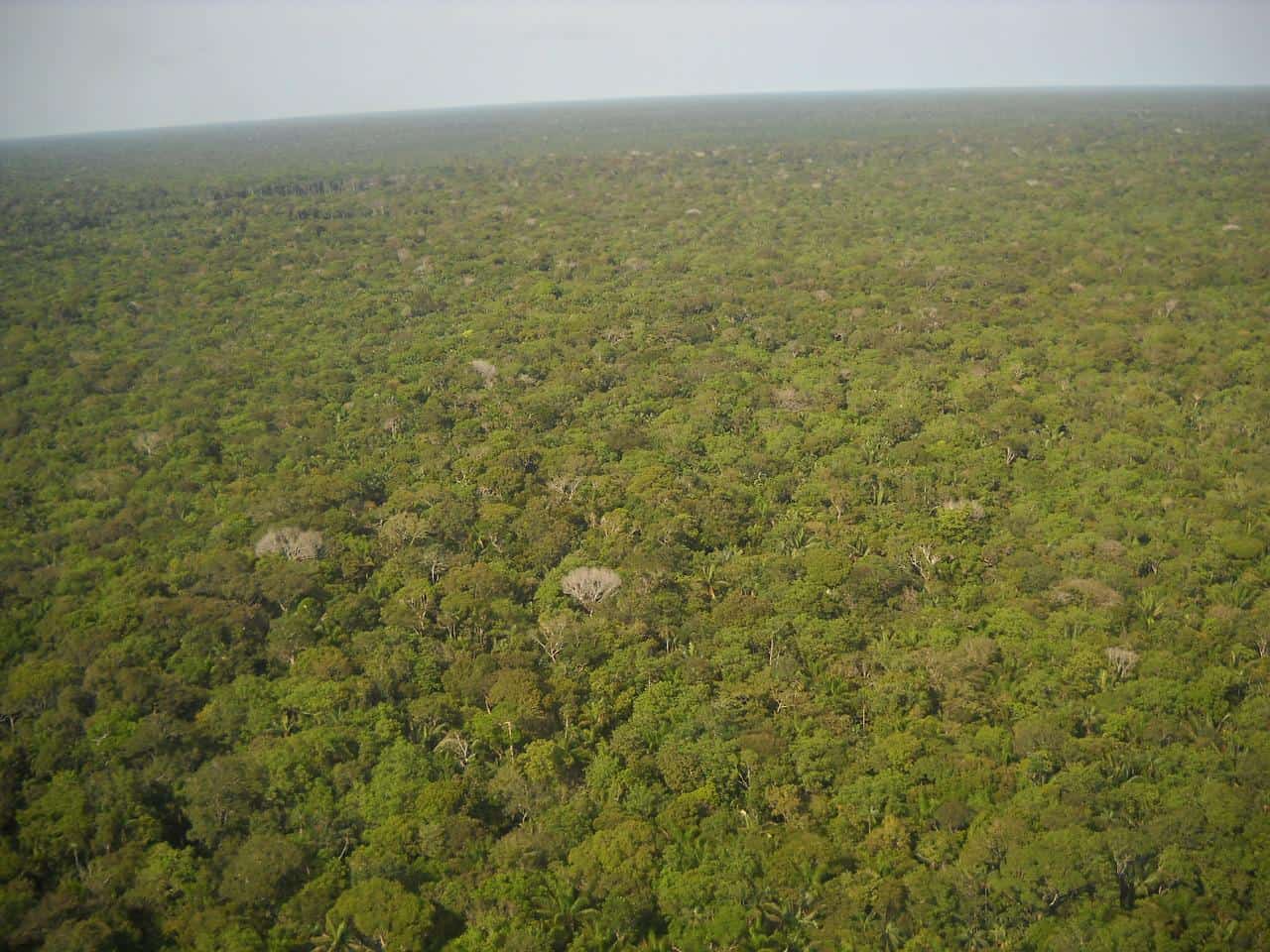Indigenous reservations comprise just under 14% of Brazil’s territory, covering some 110 million hectares of native vegetation.
Even as deforestation continues apace in the Amazon rainforests in Brazil, indigenous reservations have acted as barriers against further despoilation of these unique ecosystems and served as carbon sinks.
Over the past three decades a total of 69 million hectares of forest has been felled and burned down across the Amazon. However, of this vast area only 1.6% has been on indigenous lands, based on an analysis by Biomas, a joint project by environmental groups, universities and startups.
“The satellite images leave no doubt that indigenous peoples are slowing the destruction of the Amazon,” says Tasso Azevedo, the project’s coordinator.
“Without indigenous reservations, the forest would certainly be much closer to the ‘tipping point’ at which it stops providing the ecological services our agriculture, industries and cities depend upon,” Azevedo notes.
By contrast, more than two-thirds (70%) of deforestation has taken place on privately owned land.
Indigenous reservations comprise just under 14% of Brazil’s territory, covering some 110 million hectares of native vegetation, or nearly a quarter of the country’s total land area.
Other experts are warning, however, that indigenous lands are facing increased pressures with an accelerated rate of deforestation within them. Some areas such as the Apyterewa Indigenous Territory in teh state of Pará are especially at risk.
The threat to these protected areas could undermine Brazil’s ability to meet its forest preservation and climate mitigation targets, according to an open letter by two prominent scientists.
“Brazil has good environmental laws that on paper should reduce and inhibit deforestation. However, enforcement of these laws is the big issue,” stresses Guilherme Augusto Verola Mataveli, a researcher at the Earth Observation and Geoinformatics Division of Brazil’s National Space Research Institute.
“It’s the first step, which should be associated with long-term measures, such as promoting environmental education, valorizing the standing forest as a source of income for the communities that live in the Amazon, and resuming and strengthening the actions called for by the PPCDAm,” the scientist explains, referring to the Action Plan to Prevent and Control Deforestation, which was launched in 2003 to ensure a steady reduction in deforestation and introducing sustainable models in affected areas within a vast area called Legal Amazonia.
“They proved effective in the past,” he adds.
However, Mataveli and a fellow scientist say that there has been a “dramatic increase” in deforestation rates since 2019 in Legal Amazonia, within which a marked fragmentation of forests with extensive loss of forest cover took place between 2001 and 2017, according to a recent study.
“The official rate for the 12 months between August 2020 and July 2021 was the highest for 15 years, reaching 13,235 sqkm, or slightly less than the area of Northern Ireland (14,130 sqkm),” it has been noted. “This rate was also 69% higher than the average annual since 2012, according to data from INPE’s Amazon Forest Satellite Monitoring Service (PRODES).”
In the last three years loss to deforestation in indigenous lands has been an average of 419 sqkm each year, which translates into a rate that is more than 80% higher than the annual average for the previous decade. “When we studied the satellite data, we found that forest conversion is mainly to pasture and cropland, but we located mining sites inside Apyterewa,” Mataveli notes.
With these new threats facing protected areas in the Amazon, it is of vital importance to step up protection measures in all indigenous lands, the two scientists stress.
“The conservation of Indigenous lands is paramount for honoring Brazil’s legal commitments, maintaining Amazonian environmental stability, fighting climate change, and guaranteeing traditional peoples’ well-being,” they write.
Environmental laws are merely words on paper, and in order for them to be effective they need to be rigorously enforced, they point out.
“The existence of laws for preserving the Amazon’s remaining forests and the rights of traditional peoples is not sufficient. Effective law enforcement actions are required to protect the last intact frontiers of the Amazon,” they emphasize.
This story first appeared on Sustainability Times
© 2022 Sustainability Times.
This article is licensed under a Creative Commons Attribution-ShareAlike 4.0 SA International License.












